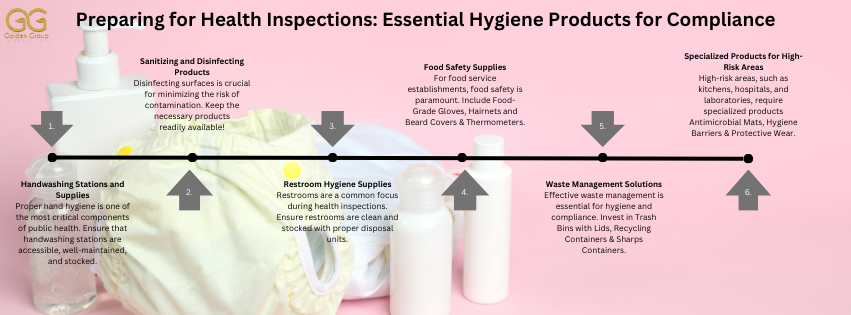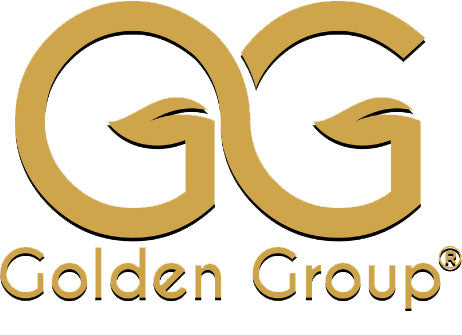
Health inspections are a vital part of maintaining safety and cleanliness standards in various establishments, including restaurants, schools, healthcare facilities, and public buildings. These inspections ensure that businesses adhere to regulations that protect public health and safety. Preparing for a health inspection involves more than just meeting basic cleanliness standards; it requires having the right hygiene products in place to demonstrate your commitment to compliance and excellence. Here, we explore the essential hygiene products every facility should have and how they contribute to successful health inspections.
Why Health Inspections Matter
Health inspections play a critical role in safeguarding public health. They aim to prevent the spread of diseases, ensure food and water safety, and create clean, safe environments for employees and visitors. Non-compliance with health standards can lead to penalties, fines, temporary closures, and long-term reputational damage.
For businesses, especially those in the food service and hospitality industries, preparing for a health inspection is not just about passing a test—it’s about fostering trust and confidence among customers. A well-maintained facility demonstrates that you prioritize hygiene and safety, which can set you apart from competitors.
Essential Hygiene Products for Compliance
Equipping your facility with the right hygiene products is a fundamental step in preparing for health inspections. These items help maintain cleanliness, prevent cross-contamination, and meet regulatory requirements.
Below are some must-have products:
1. Handwashing Stations and Supplies
Proper hand hygiene is one of the most critical components of public health. Ensure that handwashing stations are accessible, well-maintained, and stocked:
• Liquid Soap: Antibacterial or regular liquid soap is essential for removing dirt and pathogens.
• Paper Towels or Hand Dryers: Provide hygienic options for drying hands to prevent bacteria spread.
• Hand Sanitizers: Goldsheild (GS24) hand sanitizer or Alcohol-based hand sanitizers should be placed in high-traffic areas for added protection.
2. Sanitizing and Disinfecting Products
Disinfecting surfaces is crucial for minimizing the risk of contamination. Keep these products readily available:
• Surface Sanitizers: Use EPA-approved disinfectants for food preparation areas and high-touch surfaces.
• Wipes and Sprays: Disposable disinfecting wipes and sprays are convenient for quick cleaning.
• Mops and Cleaning Cloths: Ensure these are clean and replaced regularly to avoid spreading germs.
3. Proper Disposal Solutions
Restrooms are a common focus during health inspections. Ensure restrooms are clean and stocked:
• Toilet Paper: Regularly check and restock to avoid shortages.
• Sanitary Napkin Disposal Units: Proper disposal units for menstrual products are a necessity in women’s and all-gender restrooms.
• Air Fresheners: Maintain a pleasant atmosphere with odor control solutions.
4. Food Safety Supplies
For food service establishments, food safety is paramount. Include:
• Food-Grade Gloves: Disposable gloves help prevent cross-contamination during food handling.
• Hairnets and Beard Covers: Ensure staff wear these to keep hair out of food.
5. Waste Management Solutions
Effective waste management is essential for hygiene and compliance. Invest in:
• Trash Bins with Lids: Ensure they are strategically placed and emptied regularly.
• Recycling Containers: Promote sustainability with clearly labelled bins.
• Sharps Containers: For facilities like healthcare centres, provide proper disposal for needles and other sharp objects.
6. Specialized Products for High-Risk Areas
High-risk areas, such as kitchens, hospitals, and laboratories, require specialized products:
• Antimicrobial Mats: Place these in entryways to reduce bacterial transfer.
• Hygiene Barriers: Install splash guards or protective screens where needed.
• Protective Wear: Equip staff with gowns, masks, and other personal protective equipment (PPE).
Preparing for a Smooth Inspection
In addition to stocking essential hygiene products, consider these tips to ensure a smooth health inspection:
Conduct Regular Audits
Perform internal hygiene audits to identify potential issues and address them proactively. Use checklists to ensure all areas meet compliance standards.
Train Staff
Educate employees about hygiene protocols, proper cleaning techniques, and the importance of adhering to health regulations. Well-trained staff are key to maintaining a compliant facility.
Maintain Proper Records
Keep detailed records of cleaning schedules, product inventories, and staff training sessions. Inspectors often review these documents as part of their evaluation.
Focus on High-Traffic Areas
Pay extra attention to areas that receive heavy foot traffic, such as restrooms, entryways, and dining areas. Regularly sanitize these spaces to prevent the spread of germs.
The Role of Hygiene Product Vendors
Partnering with a reliable hygiene product vendor ensures consistent access to high-quality supplies. Vendors can provide expert recommendations on the best products for your specific needs, as well as support with installation and maintenance of equipment, such as menstrual product dispensers or sanitary napkin disposal units.
Conclusion
Health inspections are an opportunity to demonstrate your facility’s commitment to safety and cleanliness. By equipping your space with essential hygiene products—including handwashing supplies, sanitizers, menstrual product dispensers, and proper waste disposal units—you can meet compliance standards while fostering a safe and welcoming environment.
Golden Group International offers a wide range of hygiene solutions, including innovative menstrual product dispensers and waste disposal units, designed to help facilities maintain compliance and prioritize user satisfaction. Visit our website today to explore our products and take the first step toward ensuring your facility is always inspection-ready.

 Login
Login


